Lost World, Found Paradise: Place, Identity and Production in Gran Sabana, Venezuela
Keywords:
Gran Sabana, Pemon, indigeneity, VenezuelaAbstract
The bases of a type of production enmeshed in the capitalist system emerged in Gran Sabana during the twentieth century, but still nowadays a part of its ancestral Pemon inhabitants maintain a notably autonomous economy of subsistence. In order to explain this situation, in this article I identify how exoticising narratives of place and identity constructed around the Gran Sabana and its ancestral inhabitants have contributed to consolidate a reductionist polarisation that approaches all social issues in the region through an analytical distinction between ‘indigenous’ and ‘non-indigenous’ spheres. In addition, I examine material foci that, independently from those spheres of analysis, structurally diversify the inhabitants of Gran Sabana. I argue that taking these material foci of social diversification into account should be crucial for those who seek solutions to existing problems in the region.
https://doi.org/10.22380/2539472X71Downloads
References
___. 2007. “Translating Territories: Mapping Codes of Power among the Pemon People, Venezuela”. En Betwixt and Between: Place and Cultural Translation, editado por Stephen Kelly y David Johnston, 108-121. Newcastle: Cambridge Scholars Publishing.
___. 2009. “Donde lo pemón se torna indígena: perspectivas etnográficas para el estudio de las políticas étnicas y la conciencia colectiva”. Antropológica liii (111-112): 13-34.
Bangstad, Sindre y Bjørn Enge Bertelsen. 2010. “Heart of Darkness Reinvented? A Tale of Ex-Soldiers in the Democratic Republic of Congo”. Anthropology Today 26 (1): 8-12.
Barié, Cletus Gregor. 2005. “La cuestión territorial de los pueblos indígenas en la perspectiva latinoamericana”. En Visiones indígenas de descentralización, editado por fes-Ildis, 59-114. La Paz: Plural.
Butt Colson, Audrey J. 1956. “Ritual Blowing: A Causation and Cure of Illness among the Akawaio”. Man, Journal of the Royal Anthropological Institute 56 (48): 48-55.
__.1970. “Land Use and Social Organization of Tropical Forest Peoples of the Guianas”. En Human Ecology in the Tropics, editado por J. P. Garlick y R. W. J. Keay, 1-17. Londres: Pergamon Press.
___. 1973. “Inter-Tribal Trade in the Guiana Highlands”. Antropológica 34: 1-70.
___. 1985. “Routes of Knowledge: An Aspect of Regional Integration in the Circum-Roraima Area of the Guiana Highlands”. Antropológica 63-64: 103-149.
___. 2009. Land. The Case of the Akawaio and the Arekuna of the Upper Mazaruni District, Guyana. Somerset: Last Refuge.
Butt Colson, Audrey J. y Cesáreo de Armellada. 1990. “El rol económico del chamán y su base conceptual entre los kapones y pemones de las guayanas”. Traducido por Angelina Pollack-Eltz y Fray Cesáreo de Armellada. Montalbán 22: 7-97.
Carpentier, Alejo. 2005. Visión de América. Caracas: Centro de Estudios Latinoamericanos Rómulo Gallegos.
Díaz Polanco, Héctor. 2009. Elogio de la diversidad: globalización, multiculturalismo y etnofagia. Caracas: Monte Ávila.
Driver, Felix y Luciana Martins. 2005. Tropical Visions in an Age of Empire. Chicago: University of Chicago Press.
Fabian, Johannes. 2000. Out of Our Minds: Reason and Madness in the Exploration of Central Africa. Berkeley: University of California Press.
Gaceta Oficial de la República Bolivariana de Venezuela 5288 (extraordinario). 13 de enero de 1999.
Gutiérrez, Mariano. 2006a. 80 años sembrando evangelio: la iglesia por las tierras de la Gran Sabana, Guayana y Delta Amacuro. Vol. 1. Caracas: Vicariato del Caroní / cvg-Edelca.
__.2006b. 80 años sembrando evangelio: la iglesia por las tierras de la Gran Sabana, Guayana y Delta Amacuro. Vol. 2. Caracas: Vicariato del Caroní / cvg-Edelca.
Hale, Charles. 2002. “Does Multiculturalism Menace? Governance, Cultural Rights and the Politics of Identity in Guatemala”. Journal of Latin American Studies 34 (3): 485-524.
Héau-Lambert, Catherine y Enrique Rajchenberg. 2004. “La identidad nacional, entre la patria y la nación: México, siglo xix”. Cultura y Representaciones Sociales 2 (4): 42-71. Consultado el 2 de mayo de 2011. http://www.culturayrs.org.mx/Revista/num4/Rajheau.pdf
Instituto Nacional de Estadística (ine). 2002. XIII Censo general de población y vivienda. Primeros resultados. Caracas: Ediciones del Instituto Nacional de Estadística.
Kingsbury, Nancy. 2001. “Impacts of Land Use and Cultural Change in a Fragile Environment: Indigenous Acculturation and Deforestation in Kavanayen, Gran Sabana, Venezuela”. Interciencia 26 (008): 327-336.
Nacuzzi, Lidia, Carina Lucaioli y Florencia Nesis. 2008. Pueblos nómades en un Estado colonial: Chaco, Pampa, Patagonia, siglo xviii. Buenos Aires: Antropofagia.
Perera, Miguel Ángel. 2003. La provincia fantasma. Guayana, siglo XVII. Ecología cultural y antropología histórica de una rapiña, 1598-1704. Caracas: Universidad Central de Venezuela.
___. 2006. El Orinoco domeñado. Frontera y límite: Guayana siglo XVIII. Ecología cultural y antropología histórica de una colonización breve e inconclusa, 1704-1816. Caracas: Universidad Central de Venezuela.
Prada Alcoreza, Raúl. 2008. “Análisis de la nueva Constitución Política del Estado. Crítica y emancipación”. Revista Latinoamericana de Ciencias Sociales 1 (1): 35-50.
Rivière, Peter. 1970. “Factions and Exclusions in Two South-American Village Systems”. En Witchcraft, Confessions and Accusations, editado por Mary Douglas, 245-256. Londres: Tavistock.
___. 1984. Individual and Society in Guiana: A Comparative Study of Amerindian Social Organization. Cambridge: Cambridge University Press.
Rodríguez, Iokiñe. 2004. “Conocimiento indígena vs. científico: el conflicto por el uso del fuego en el Parque Nacional Canaima, Venezuela”. Interciencia 29 (003): 121-129.
Roldán Ortega, Roque. 2005. Manual para la formación en derechos indígenas. Territorios, recursos naturales y convenios internacionales. 2.a ed. Quito: Abya-Yala.
Said, Edward. 2003. Orientalism. Londres: Penguin.
Sánchez, Isabel, Hebe Vessuri y Bibiana Bilbao. 2008. “La gobernabilidad del riesgo y sistemas de conocimiento en el Parque Nacional Canaima (Venezuela)”. Revista Internacional de Ciencias de la Tierra. Consultado el 14 de abril de 2011.
http://www.mappinginteractivo.com/plantilla-ante.asp?id_articulo=1486
Sanoja, Mario e Iraida Vargas. 2005. Las edades de Guayana: arqueología de una quimera. Santo Tomé y las misiones capuchinas catalanas 1595-1817. Caracas: Monte Ávila.
Serje, Margarita. 2005. El revés de la nación: territorios salvajes, fronteras y tierras de nadie. Bogotá: Universidad de los Andes.
Sletto, Bjørn. 2005. “Mapping the Gran Sabana”. Americas Magazine 57: 6-14.
___. 2009. “‘Indigenous People Don’t Have Boundaries’: Reborderings, Fire Management, and Productions of Authenticities in Indigenous Landscapes”. Cultural Geographies 16: 253-277.
Thomas, David J. 1972. “The Indigenous Trade System of Southeast Estado Bolívar, Venezuela”. Antropológica 33: 3-37.
___. 1976. “Demografía, parentesco y comercio entre los indios pemón: parentesco”. Boletín Indigenista Venezolano 17 (13): 73-140.
___. 1982. Order without Government. Urbana / Chicago / Londres: University of Illinois Press.
___. 1983. “Los pemón”. En Los aborígenes de Venezuela, editado por Walter Coppens, 303-379. Caracas: Fundación La Salle.
Urbina, Luis y H. Dieter Heinen. 1982. “Ecología, organización social y distribución espacial: estudio de caso de las poblaciones indígenas pemón y warao”. Antropológica 57: 25-54.
Van Cott, Donna L. 2002. “Movimientos indígenas y transformación constitucional en los Andes: Venezuela en perspectiva comparativa”. Revista Venezolana de Economía y Ciencias Sociales 8 (3): 41-60.




















